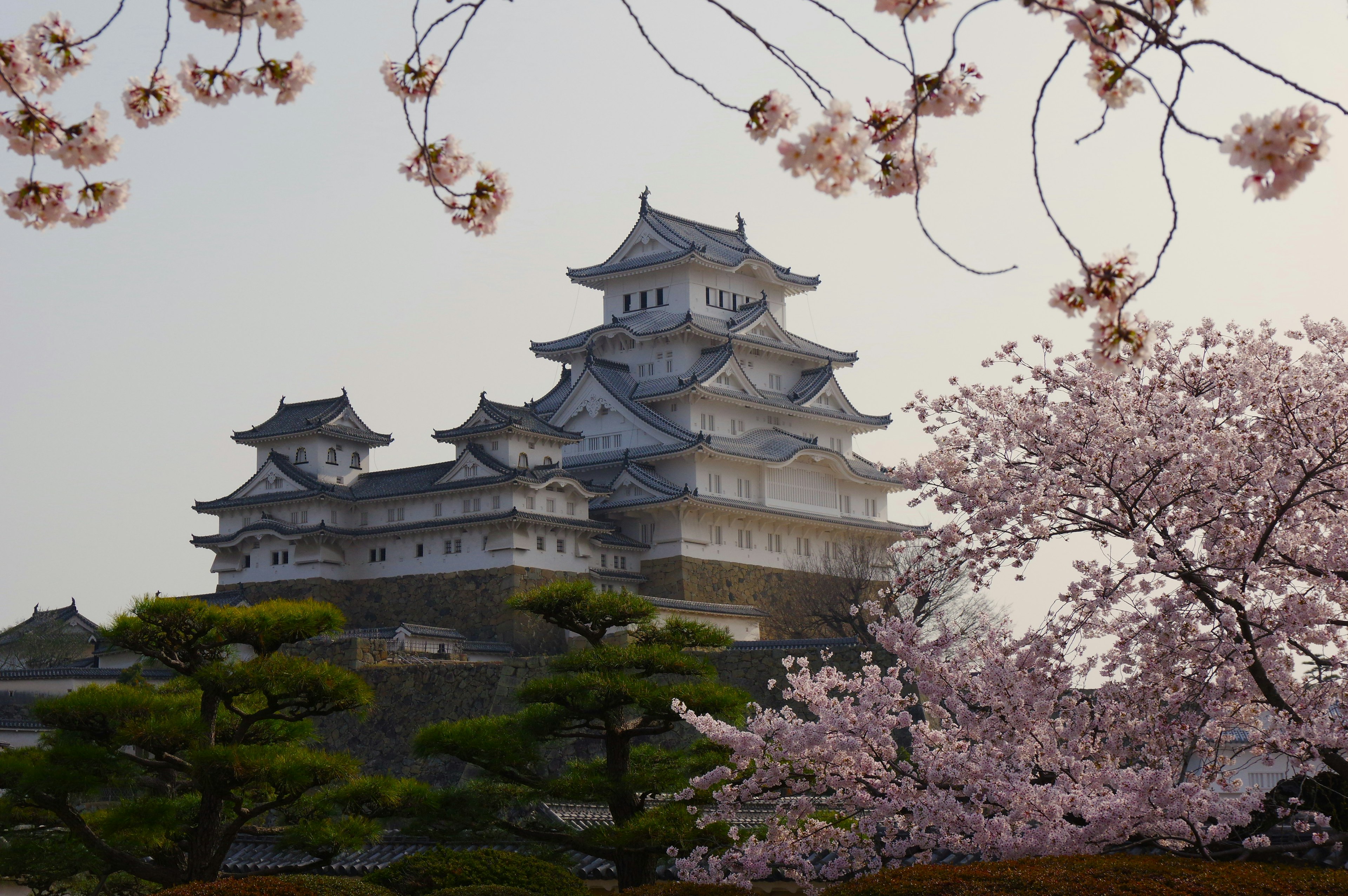
Cover photo by RYUURI
'SHOGUN', which won a record-breaking 18 Emmy Awards, captivated audiences with its unique content and worldview. Notably, the visual effects that won the 'Outstanding Visual Effects' award depict Edo-period Japan from an outsider's perspective, deeply engaging viewers.
According to interviews with directors by American Cinematographer, the story's grandeur is supported by the meticulous dedication of the filming team. This time, we explore their technical innovations.

Photo by しらしぐ
Swirling Bokeh Effect and Depth of Field
The filming team utilized Sony's Venice camera and Hawk Class-X anamorphic lenses to create unique visual effects. Particularly noteworthy is the 'swirling bokeh' effect, where the background blurs in a spiral pattern.
This effect focuses attention on the central subject and emphasizes the outsider's perspective in the story. This technique, derived from 19th-century Petzval lenses, adds unique depth and immersion. Shallow depth of field also plays a crucial role in creating visually impactful scenes.

Photo by 好 | Kodai Yamashita
Natural Lighting and Color Design
By utilizing natural light and minimizing artificial lighting, the filming recreates a realistic 17th-century Japan. The use of light through shoji screens and the faint glow of candles adds depth and realism to the space.
Moreover, the color design, based on subdued earth tones, maintains the period atmosphere while vibrant colors in key scenes highlight emotional peaks visually. This simple color design enhances the story's tension, drawing the audience deeper into the narrative.
Camera Work and Composition Innovations
In 'SHOGUN', the camera movements and compositions vary by scene, skillfully expressing the emotions of the characters. For example, handheld cameras are used in battle scenes to emphasize the intensity and immediacy of the action.
Conversely, in quieter scenes, cranes and dollies are used for gentle camera work, portraying the inner world of the characters. Capturing characters from low angles respects traditional Japanese aesthetics while highlighting the interplay of gazes and tension between characters.



